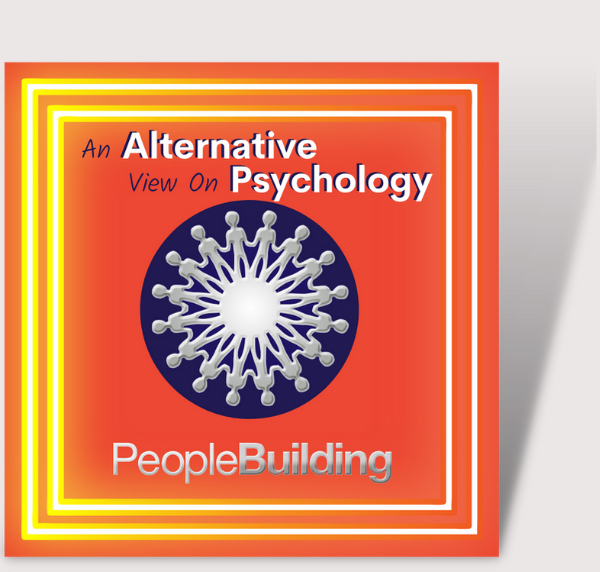A few years ago I attended a coaching training programme for companies who could provide coaching to SMEs via a government grant which would pay for the coaching.
It would be fair to say that it was pretty poor quality.
The day was really about using a tool kit of processes that would help those being coached come up with their own solutions to their challenges.
There was a real mix of ‘coaches’ in the group and as such the range of ability they had to be able to communicate, build rapport and ask great questions was varied.
I was stunned that so many of them had never heard of NLP. That there could be coaches, out there offering their services with no idea about how to formally negotiate or how to manage people’s emotional states.
I’ll be honest – it frightened me!
In my mind it was a bit like packaging up a power drill and various other appliances, handing it to someone and saying “You madam, are now a plumber. You have every tool a plumber could ever need. Good luck.”
Essentially what I am saying is that the actual tools and processes used in coaching (and even in NLP) are not what facilitate change and progress. This comes from our relationship and our ability to lead, persuade, influence and ask questions.
The tool box helps, but it’s nothing without a skilled tool operator.
A lot of the coaches I met claimed that they had the skills to, for example, build rapport. But they said they did it unconsciously. The problem with that, is whilst it may be true, it is hit and miss. If you do not know how you are doing what you do, how can you replicate it at a point in time when you really need it? How can you teach it to others if you do not know what the process is?
A great deal of the time we are taught either consciously, or unconsciously but rarely both simultaneously. I remember for example seeing Richard Bandler in action for the first time. He teaches the unconscious really well, and I was fortunate that I had already completed my NLP training when I saw him teaching because I consciously knew what he was doing. If I didn’t have that step by step process in mind I would have been mightily impressed by what he achieved, and would have left feeling great but without a formula with which to replicate the successes I had witnessed in his demonstrations. Fortunately in his books he is very clear at giving the theory that accompanies the wonders you see him perform on stage.
For me, learning NLP formalises many of the things coaches do – and good coaches do naturally – into systems that actually work. It stops it from being a “Lets hope we’re on the same page” kind of a coaching session into a “This is what I’ll do if I find we are not on the same page” coaching session.
It also puts the power of the results you help lead your clients to, in your skills, rather than the worksheets or charts you intended to use. That give you (as the coach) more control and the client more freedom and flexibility about how they make their transition.
If someone feels like crap, there is only so much your graph can do to help them feel better, and if you want them to make good decisions that will help them to change and improve, you first need to know how to help them do that.
By Gemma Bailey
https://www.peoplebuilding.co.uk


